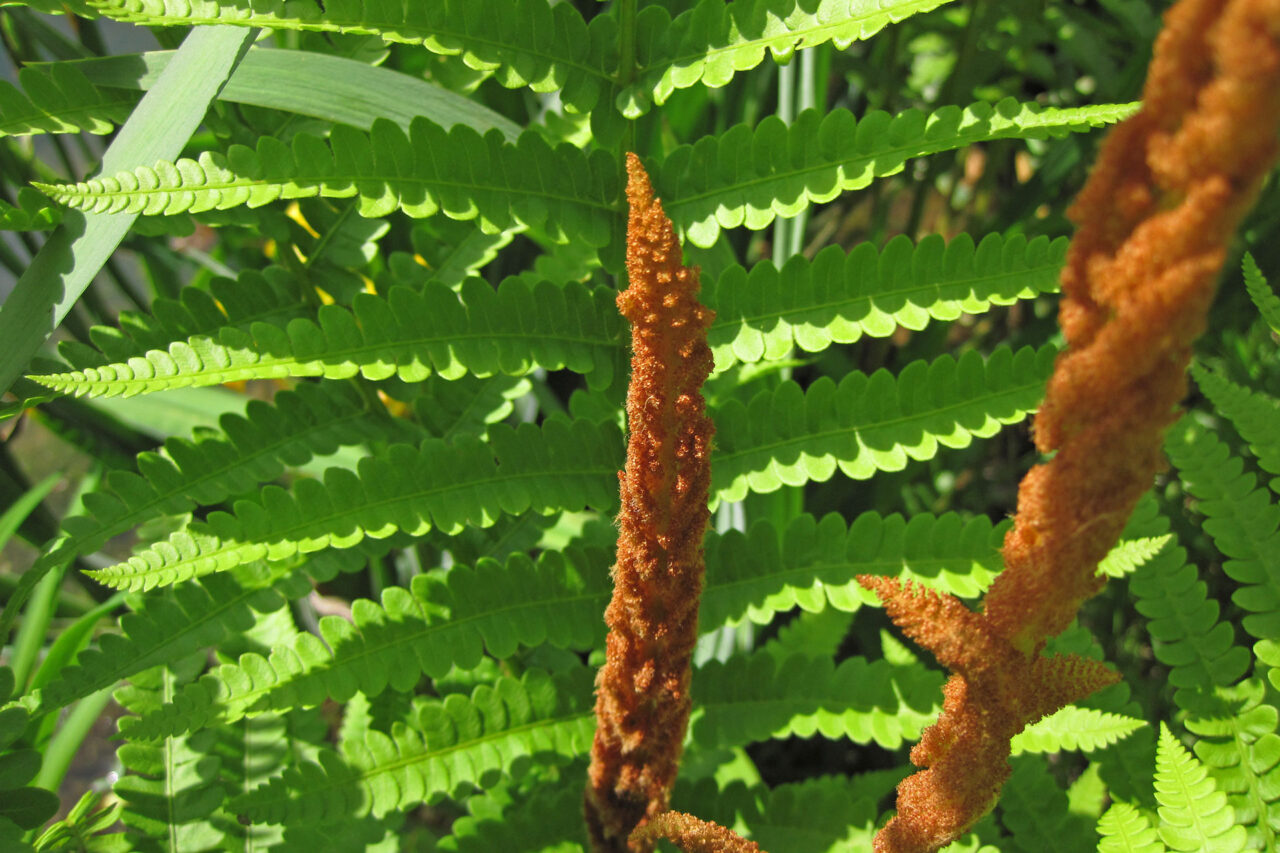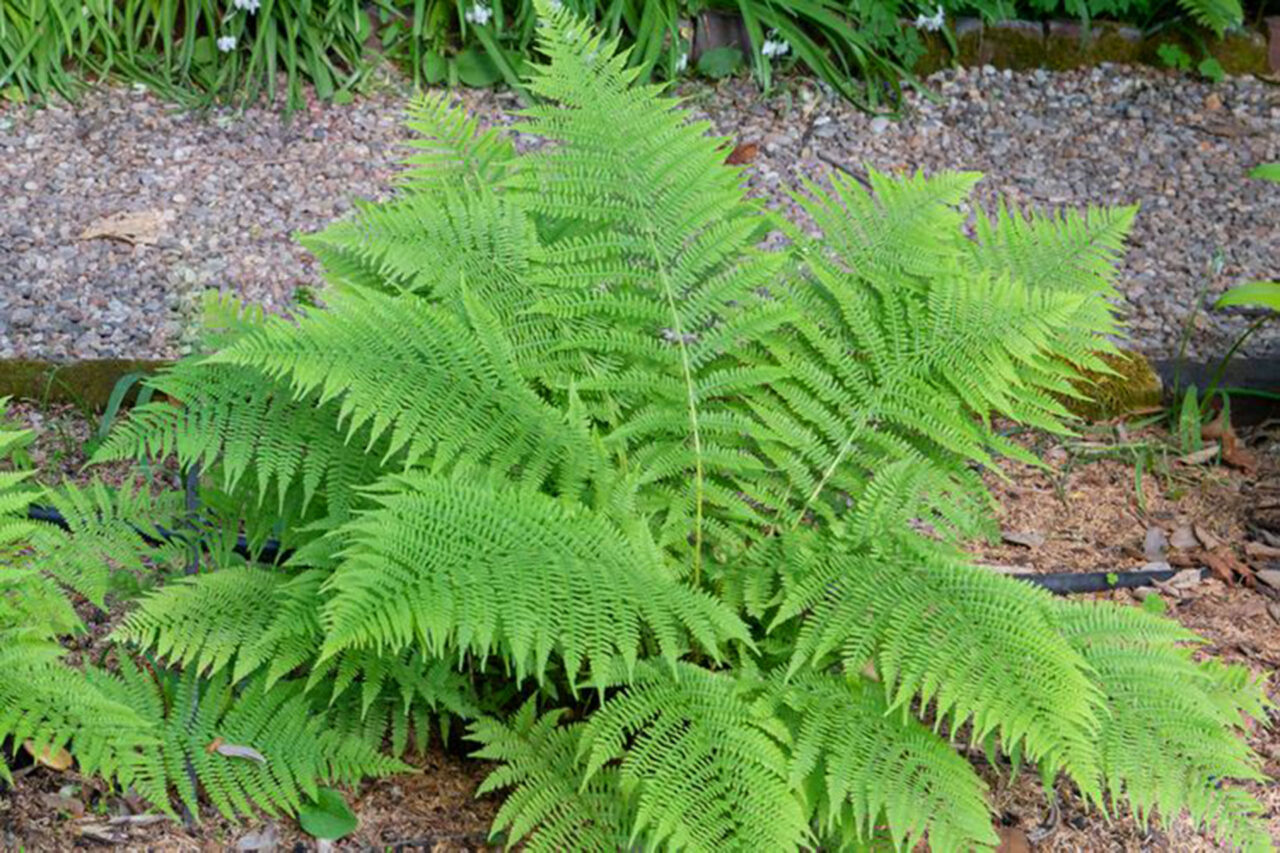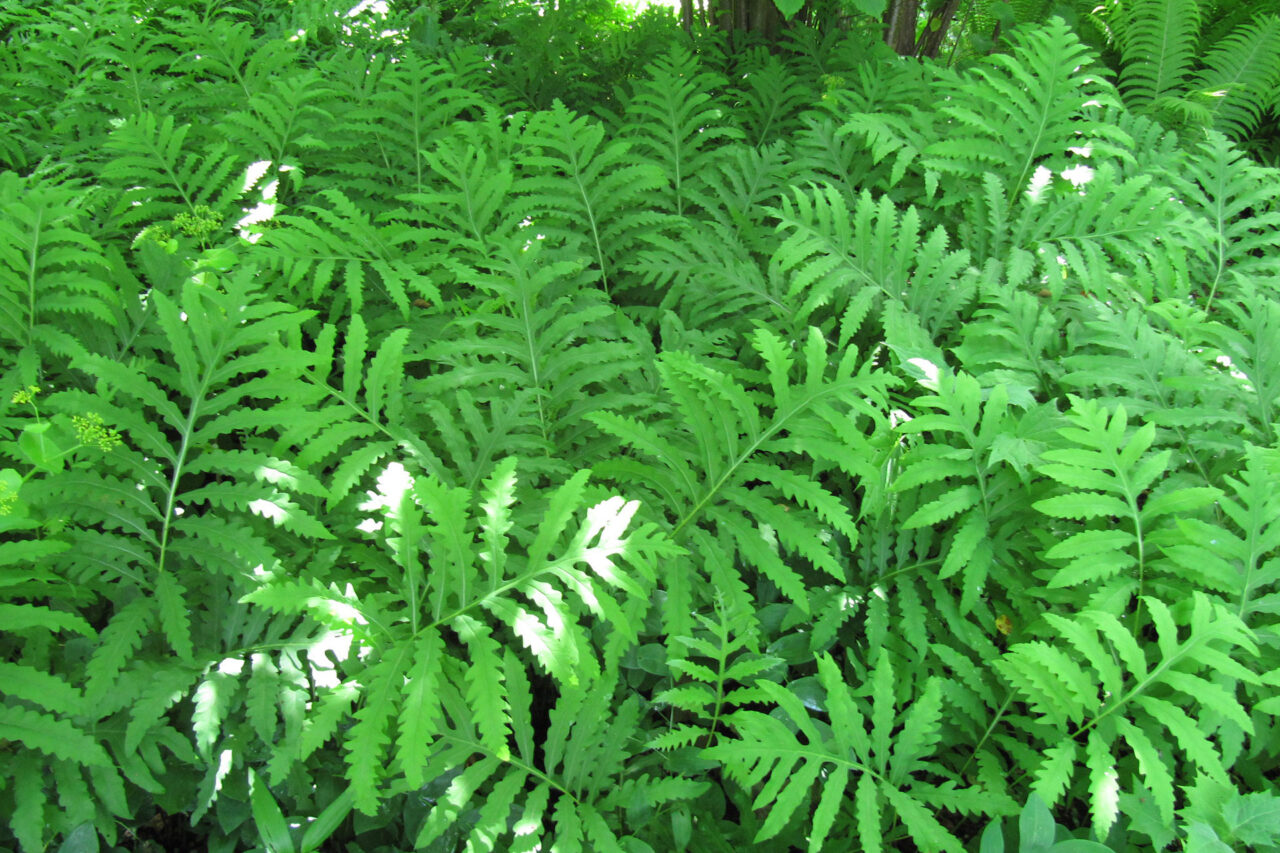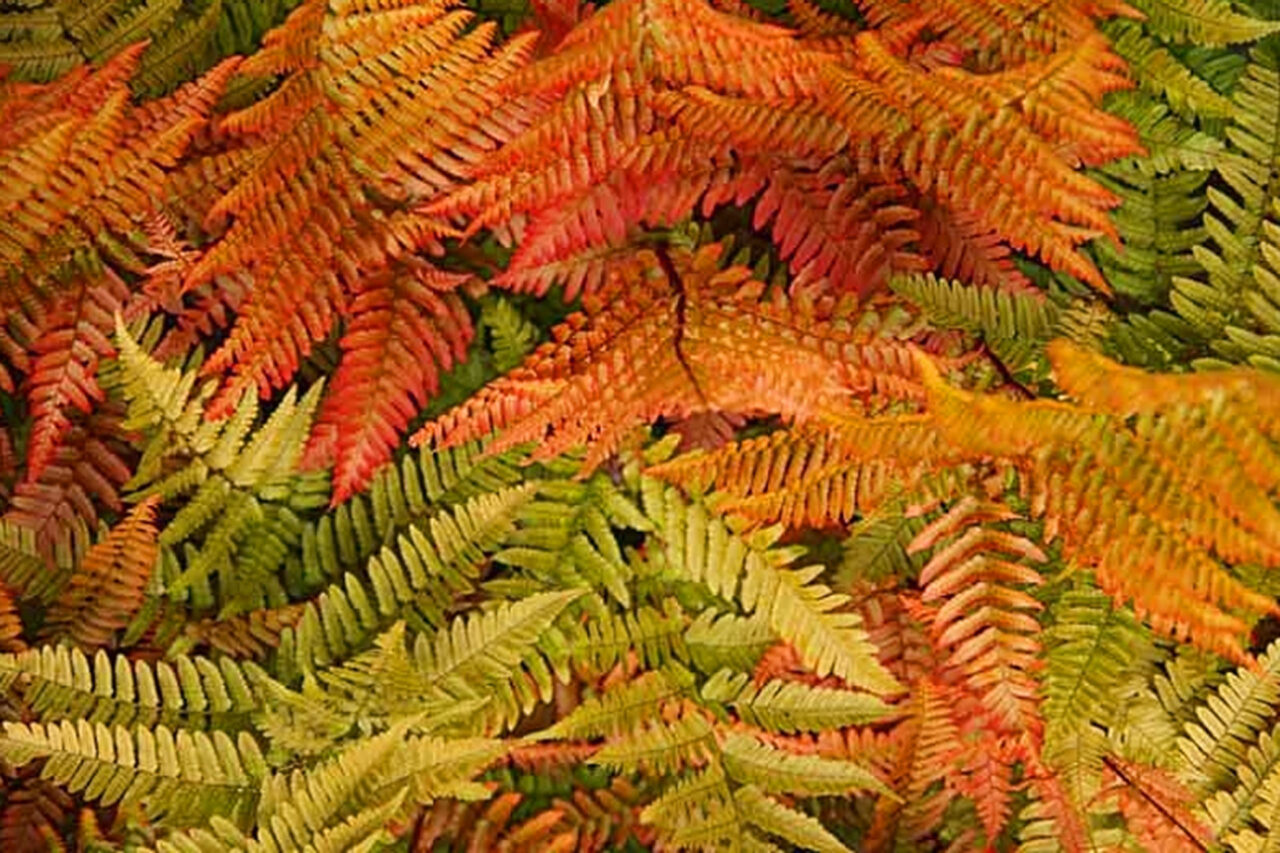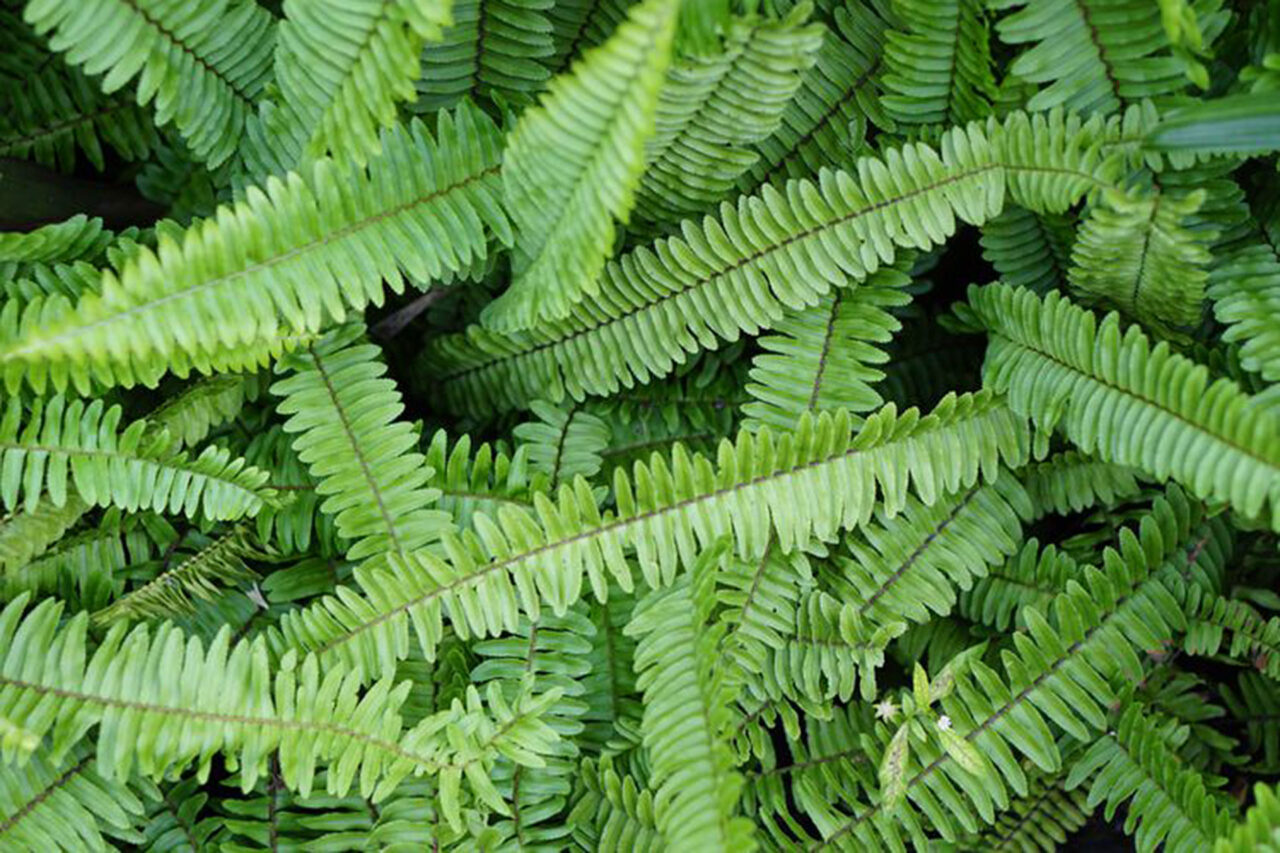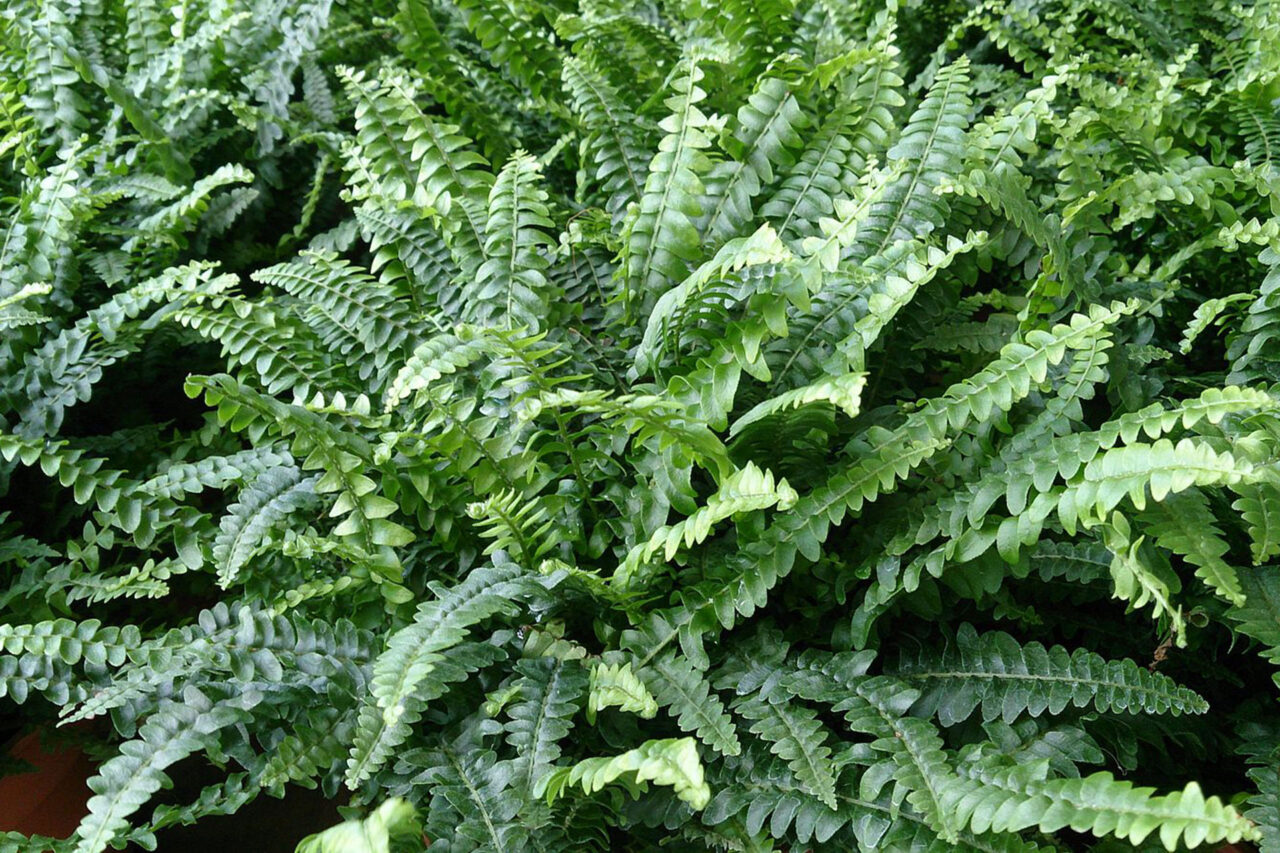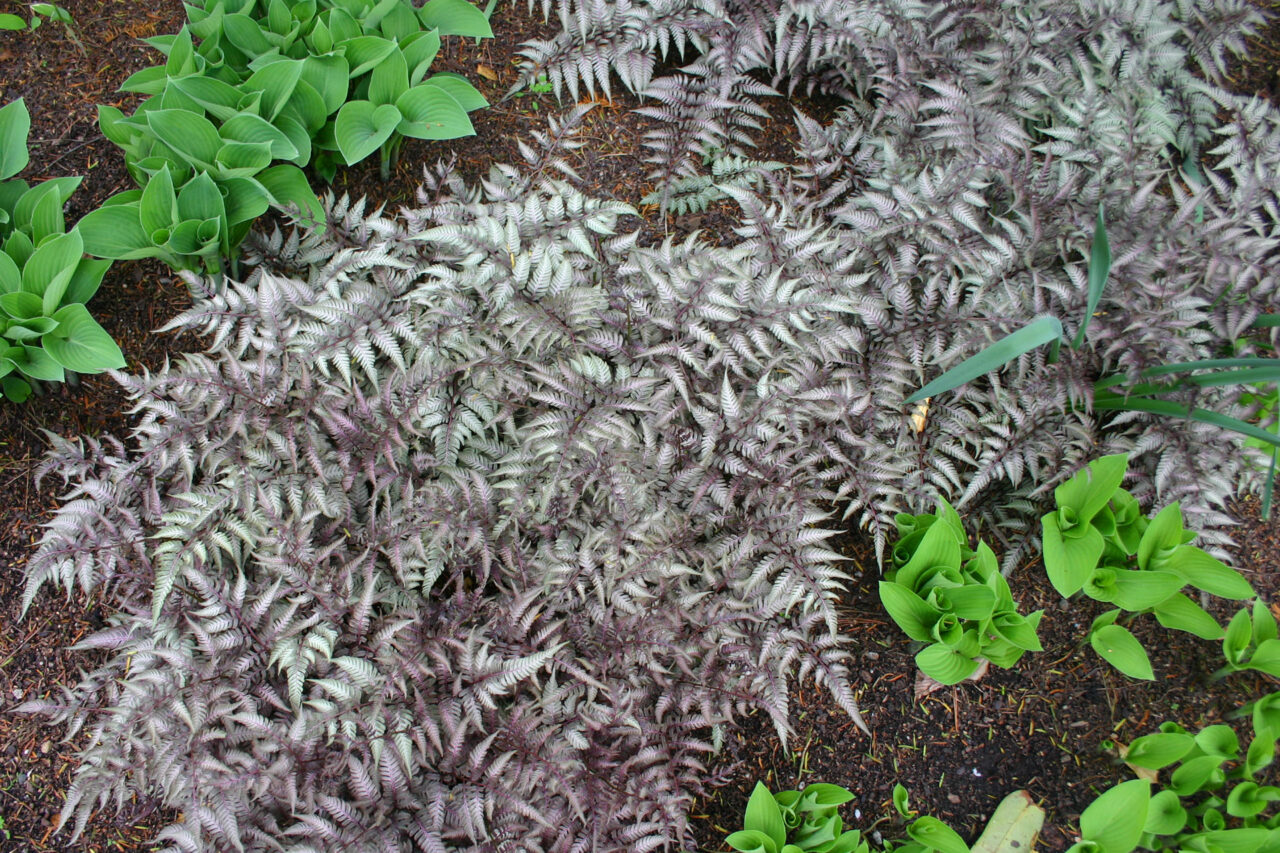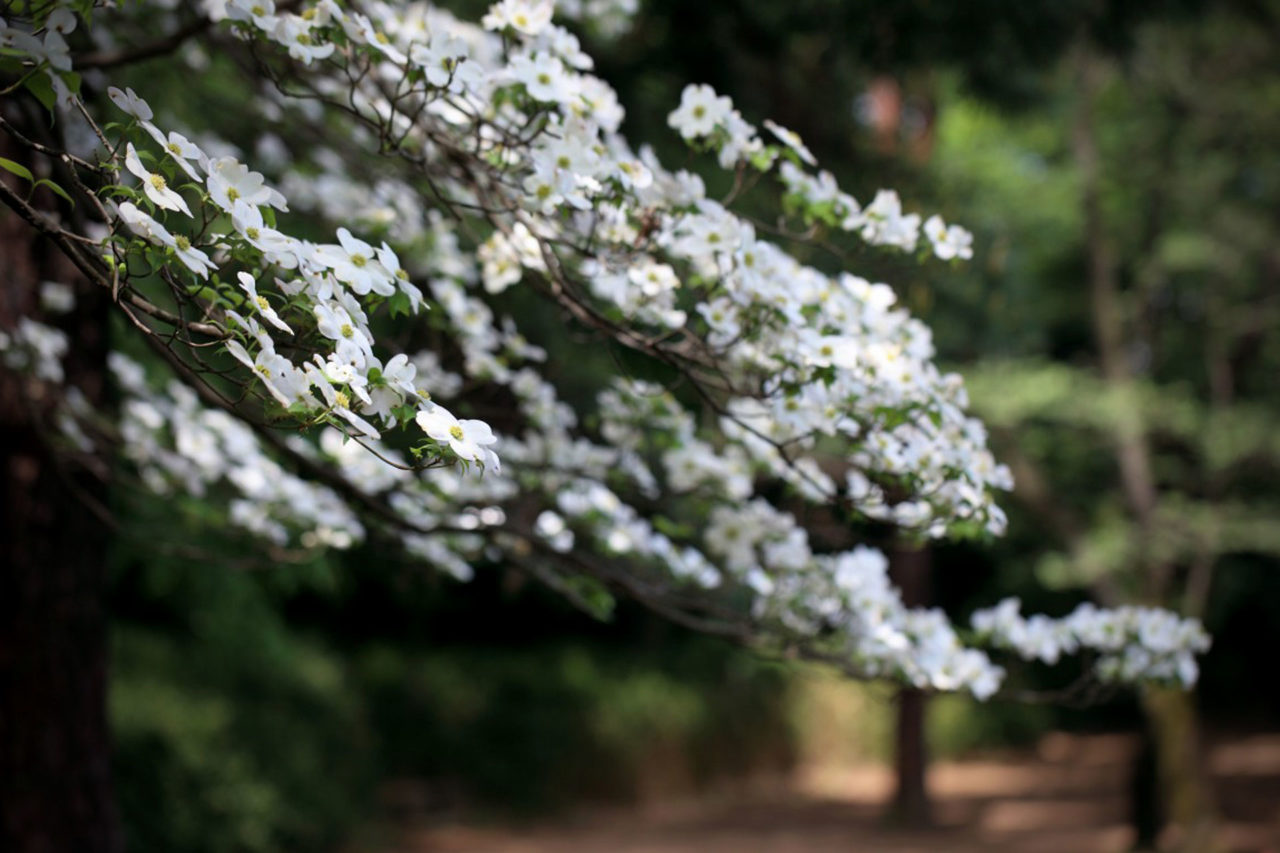A Shady Solution
Many gardeners and plant enthusiasts find it frustrating to bountifully plant shady or semi shady spaces. While it can be difficult to cultivate a truly blooming plantscape in persistent shade, gardeners that think outside the box should consider utilizing ferns in those shade gardens.
Ferns are our prehistoric plant dinosaurs! Fern fossils are recorded as appearing almost 360 million years ago during the late Devonian Period. SUNY Cortland in writing about the plant index for the Waldbauer Trail, describes how ferns “diversified into many of the modern fern families and species during the ‘great fern radiation’ of the Cretaceous Period, from 145 to 66 million years ago”. Ferns are vascular plants that rely on the presence of water to reproduce but that is the most restrictive thing about ferns since they can grow in some really unusual places! Ferns can grow in bogs, in rock crevices, on trees, and some even grow in what is considered a dessert setting!
Key Takeaways
- Ferns offer lush texture, low-maintenance structure, and year-round intrigue — a refreshing alternative to typical shade plants.
- You’ll pick up suggestions for species variety, placement, and care tailored for New England gardens.
- The post helps you rediscover ferns as elegant, dependable workhorses in your landscape toolkit.
Put Your Ferns to Use
Utilize ferns like you might use hostas, along a walkway path or to line a garden’s edge, or as an elegant focal plant that can also fill in visual gaps among other plants with their clearly defined edges. Ferns can provide a bit of camouflage or contribute to a lovely “Impressionist” style of painting your garden with plants. Ferns can also often withstand wind better than other plants which make them a good alternative to strictly tropical plants in summer urns.
Eight Ferns for Your Landscape
The following are eight great ferns that would enhance your garden’s style and should be considered as a great solution for shady parts of your landscape:
1. Cinnamon Fern (osmunda cinnamomea)
2. Ostrich Fern (matteuccia struthiopteris)
3. Lady Fern (Anthyrium filix-femina)
4. Sensitive Fern (onoclea sensibilis)
5. Autumn Fern (dryopteris erythrosora)
6. Kimberley Fern (nephrolepis obliterate)
7. Maidenhair Fern/Boston Fern (adiantum raddianum/nephrolepsis exaltata)
8. Japanese Painted Fern (athyrium niponicum)
Consider the Fern
They are not the first choice for many gardeners, but ferns can provide a great shade plant palette and ground cover at the edges of woodland landscapes. Used as container plants they also provide texture and depth and can be a reliable mainstay of shady areas with their substantial decorative, and visual screen capabilities. If you are open to planting something other than the usual shade suspects, consider ferns!
